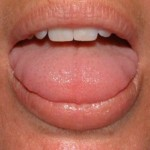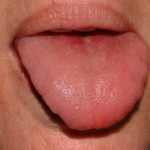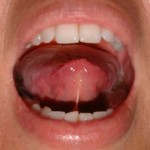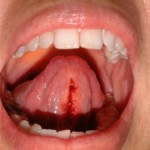
Feeding
In a baby, tongue tie affects their ability to move their tongue properly and may affect breastfeeding. This occurs because the baby unable to extend their tongue out and underneath the nipple to create the proper suckling action.
Tongue-tie is one of the reasons a baby may be experiencing problems with breastfeeding. Early treatment usually results in a significant improvement in feeding for both the child and mother. Lactation specialists, early childhood nurses and speech therapists will often see this and can advise if a laser frenectomy or tongue tie revision is necessary.
Speech
A person with a tongue tie will commonly have a reduced ability to move their tongue and may not poke their tongue out as far as a normal person. Some children may be able to speak well and have normal speech but they sometimes find it difficult to articulate well.
This can cause a child to be introverted or shy or scared of public speaking. When a speech problem is recognised it is advisable to have the tongue assessed. Adults may have no speech problems but sometimes get the frenulum caught between their lower front teeth which is annoying and painful.

Tongue before treatment

Tongue after laser frenectomy (tongue tie therapy)

Tongue after laser frenectomy (tongue tie therapy)

